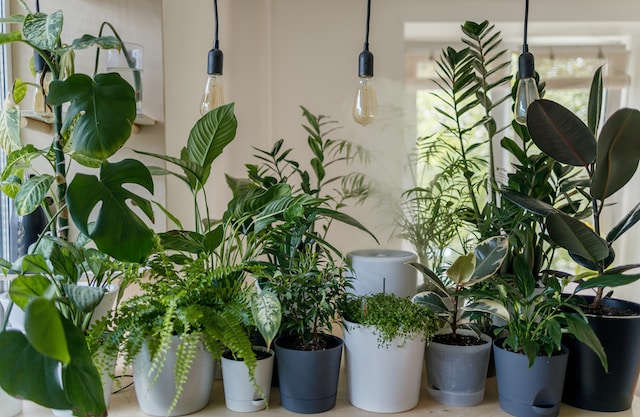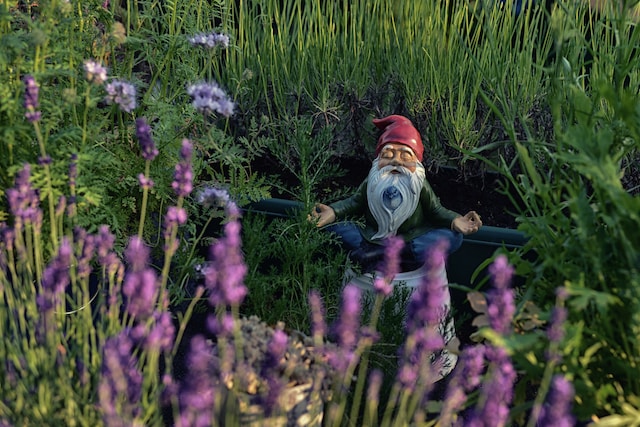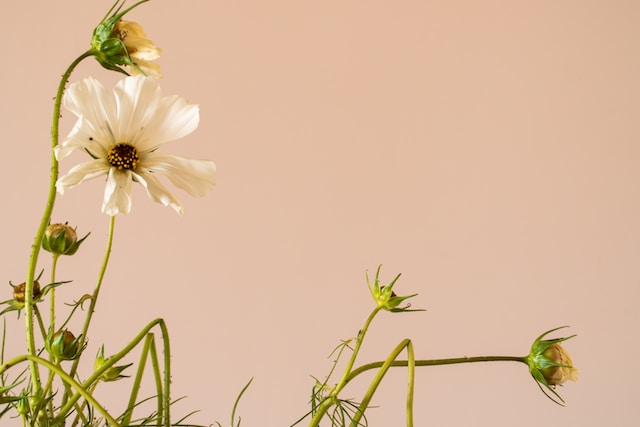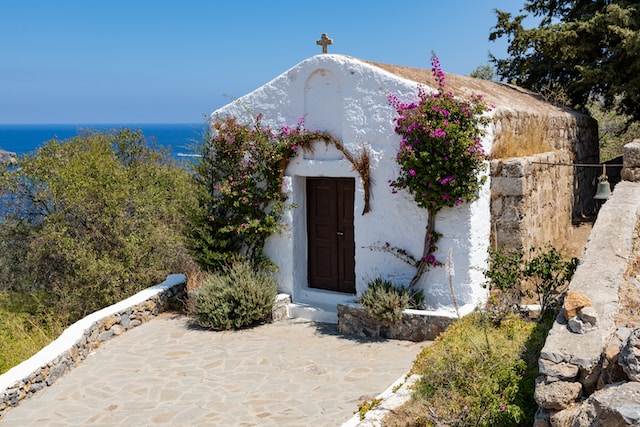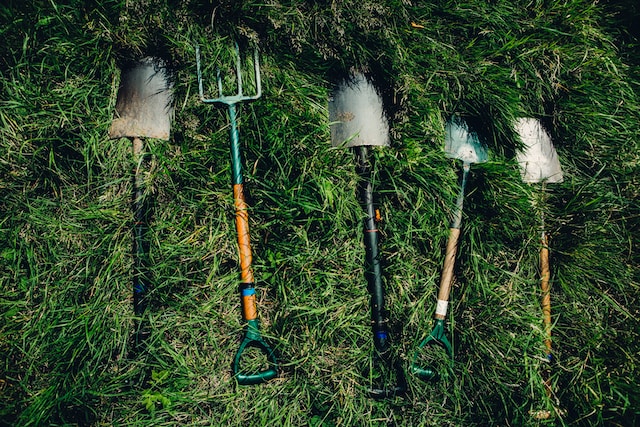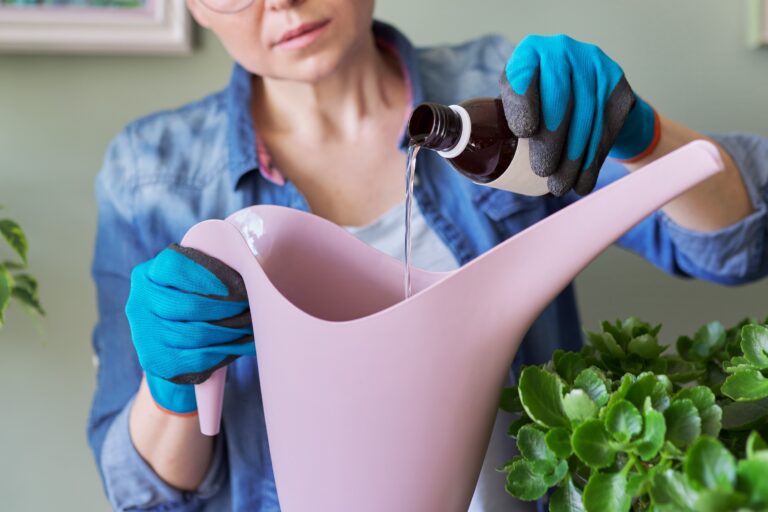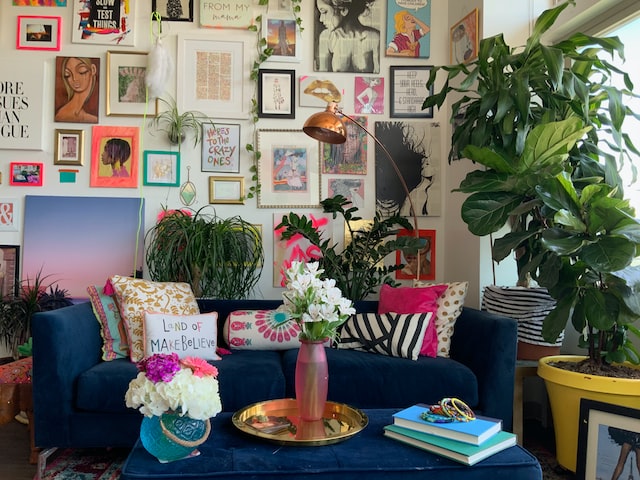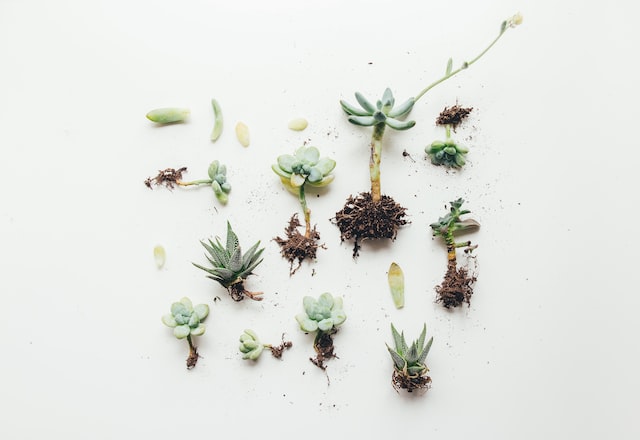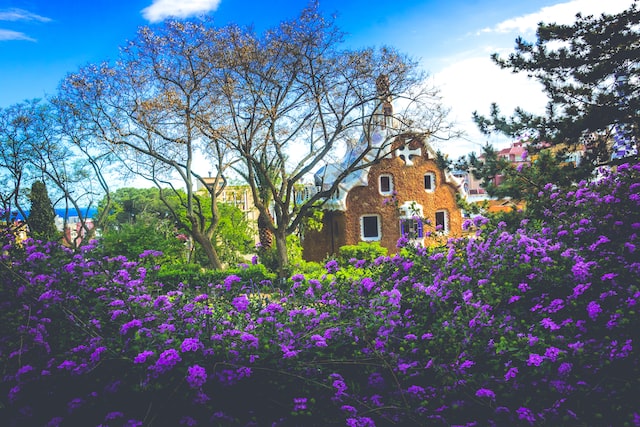Growing plants indoors is great. However, when plants are grown indoors, they often do not receive enough natural sunlight to meet their needs. This is where grow lights come in. Of course, you can choose to spend a lot of money on grow lights. However, you don’t have to do that. There are some great…
Gardening for Mental Health
I have mentioned the mental health benefits of gardening here in the past. After all, I have a Masters degree in psychology. Moreover, I have extensive lived experience with depression. So, it’s a topic that always comes up for me. There are so many ways that gardening can improve mental health. But it can also…
Natural Ways To Control Fungus in Plants
Plant fungus is a type of plant disease caused by a fungal infection such as powdery or downy mildew, anthracnose, rust, and blight. Sometimes the fungi just causes your plants to look ugly. However, more often that not, it can cause serious damage to your plants. Therefore, you want to make sure that you control…
Greek Gardening Style on the Cheap
Recently I was reading an article about 2023 gardening style trends. It referenced a current resurgence of passion for the Greek Garden. That sent me down a rabbit hole of beautiful fascinating looks at Greek-inspired gardens. However, so many of them are so pricy. So, I am curious about what we can do to enjoy…
Frugal Ways To Clean and Disinfect Your Garden Tools
It’s spring and for many of us that’s a great reminder to do some spring cleaning. Cleaning isn’t just for the house, either; you should spring clean your garden. And, of course, you should clean and disinfect your garden tools throughout the year as well. Here are some of the most frugal ways that you…
Cheap and Effective Liquid Nutrients for Your Indoor Plants
If you’re a plant enthusiast, then you know that your indoor plants require a balance of light, water, and nutrients to thrive. While water and sunlight are easy to provide, it can be challenging to find the right liquid nutrients for indoor plants without breaking the bank. Fortunately, there are plenty of cheap and effective…
Ponytail Palm Plant
ponytail palm behind the couch on the left, image via Unspash @stephwilll I recently discovered a plant that I hadn’t ever known before. It’s called the ponytail palm. However, it’s not actually a palm tree / plant at all. Instead, it’s a succulent. And yet it looks just like a tiny little palm tree. It’s adorable….
5 Quick Tips To Rescue Your Plants From Root Rot
I am prone to overwatering my plants. I suspect that this comes from growing up in the desert. That might sound counterintuitive. However, I have this reverence for the magic of water as a result of my desert upbringing. And so subconsciously I tend to think that water will solve all plant problems. Which, of…
5 Things I Learned About Gardening in 2022
I am happy to be back here on this blog with all of you who are interested in frugal gardening. I had taken a break due to health issues and a loss in the family throughout much of 2022. Luckily, a colleague was able to step in. It looks like they provided you with a…
Gardening Books On My Library Want Shelf
I have a confession. One of my favorite weird pastimes is going through all of the new books available at the library and placing any that I might read on my “For Later” shelf. I do this weekly. And I admit that there are more books on the shelves than I could ever actually read….
